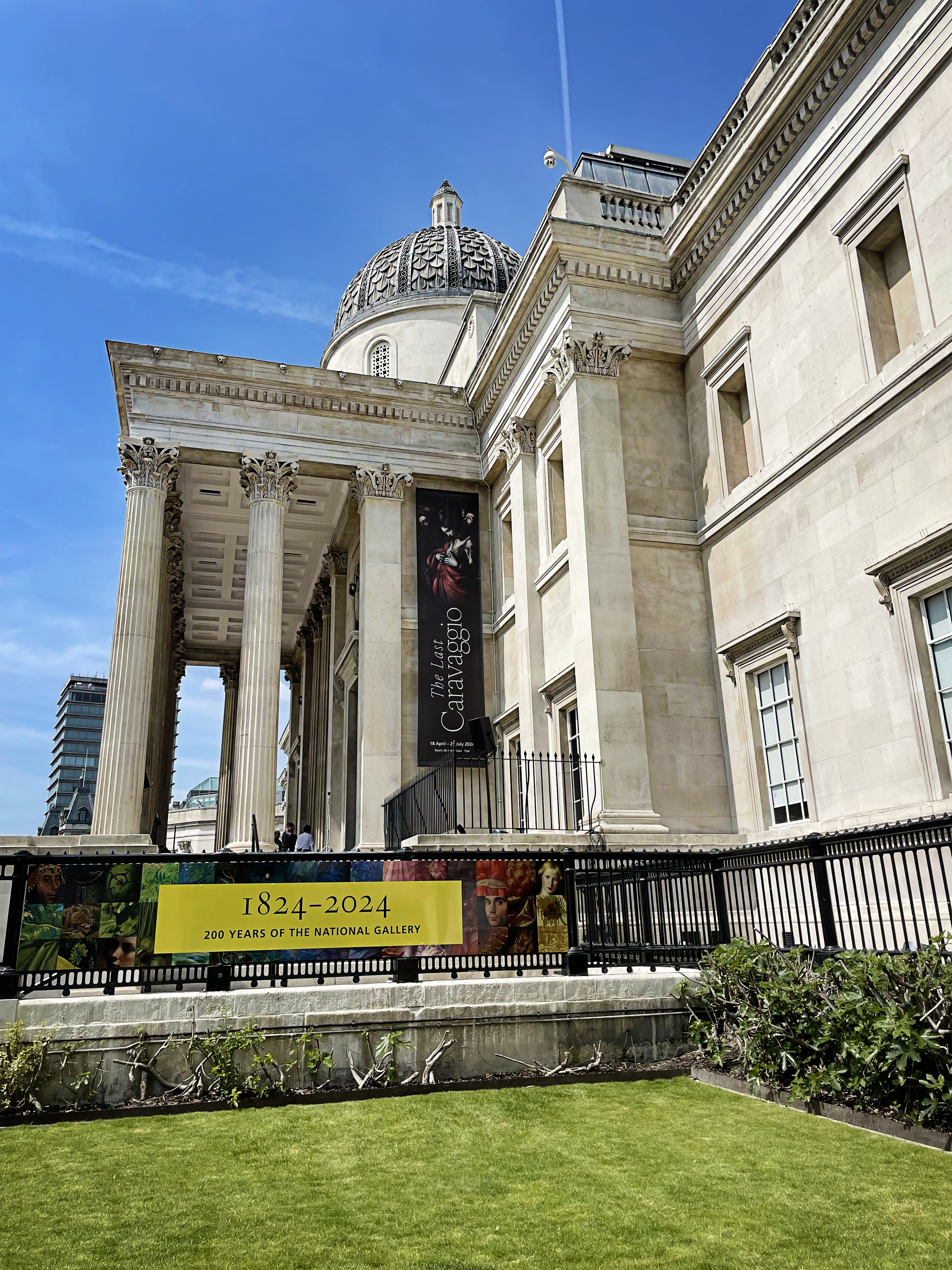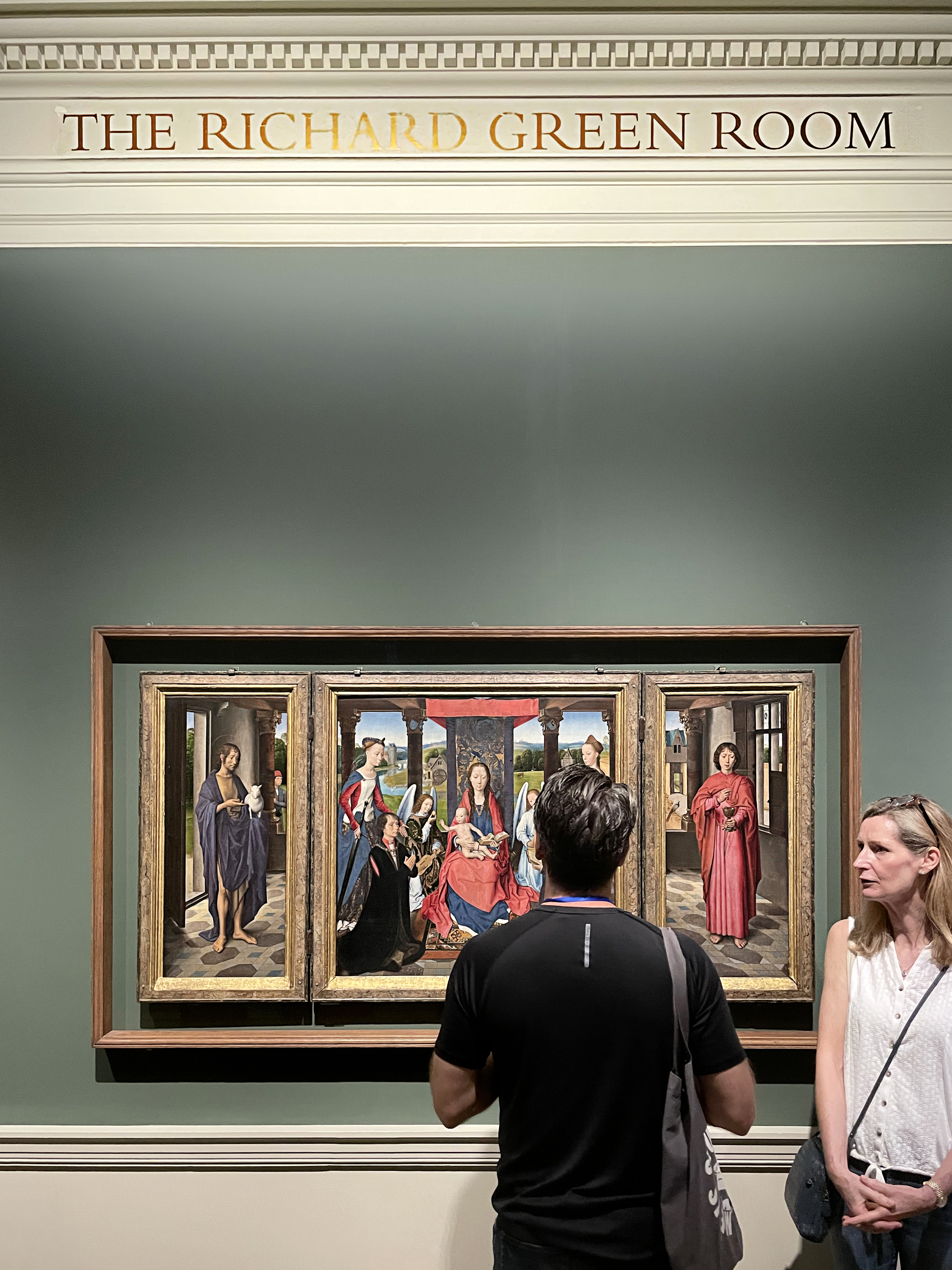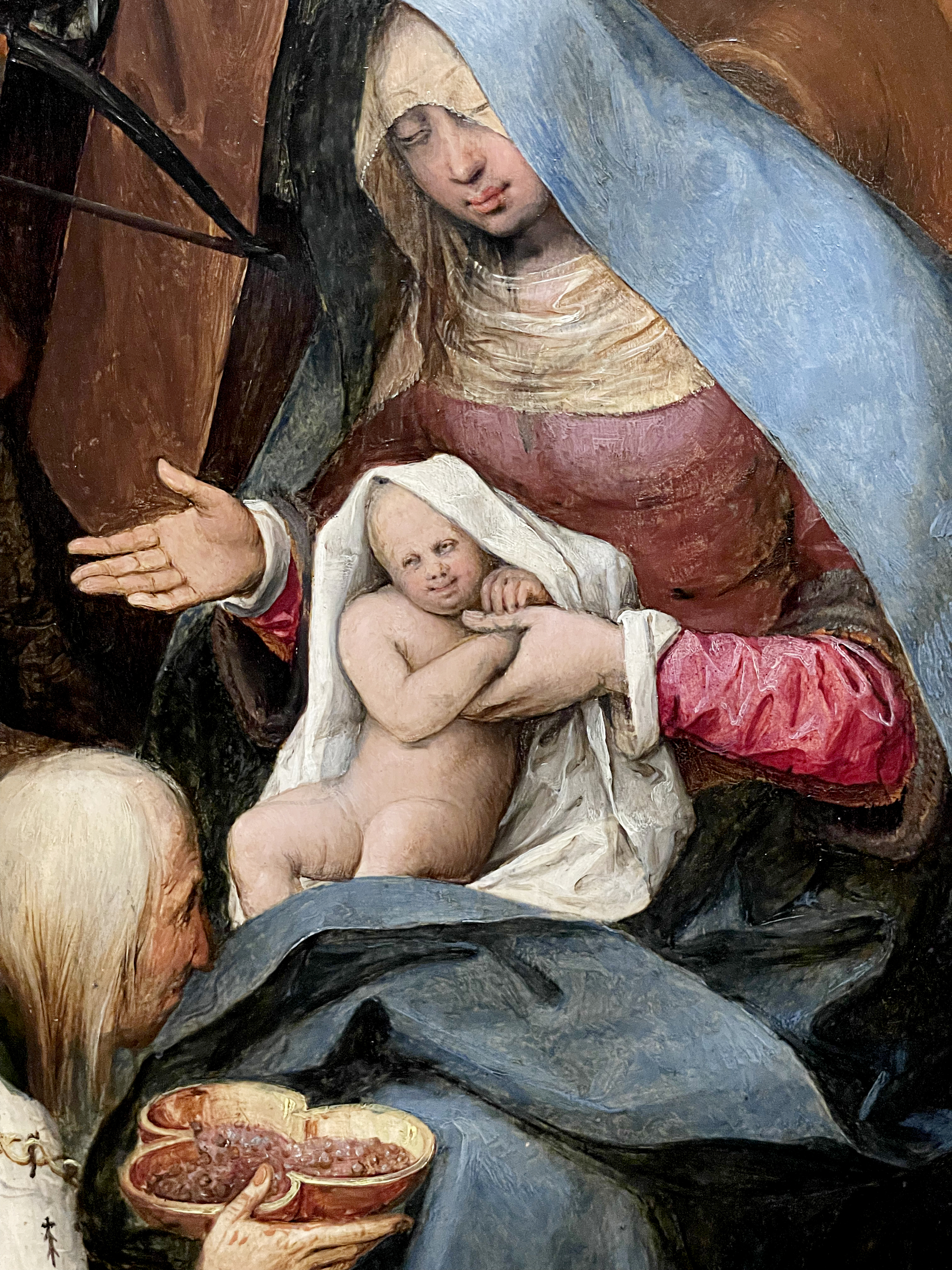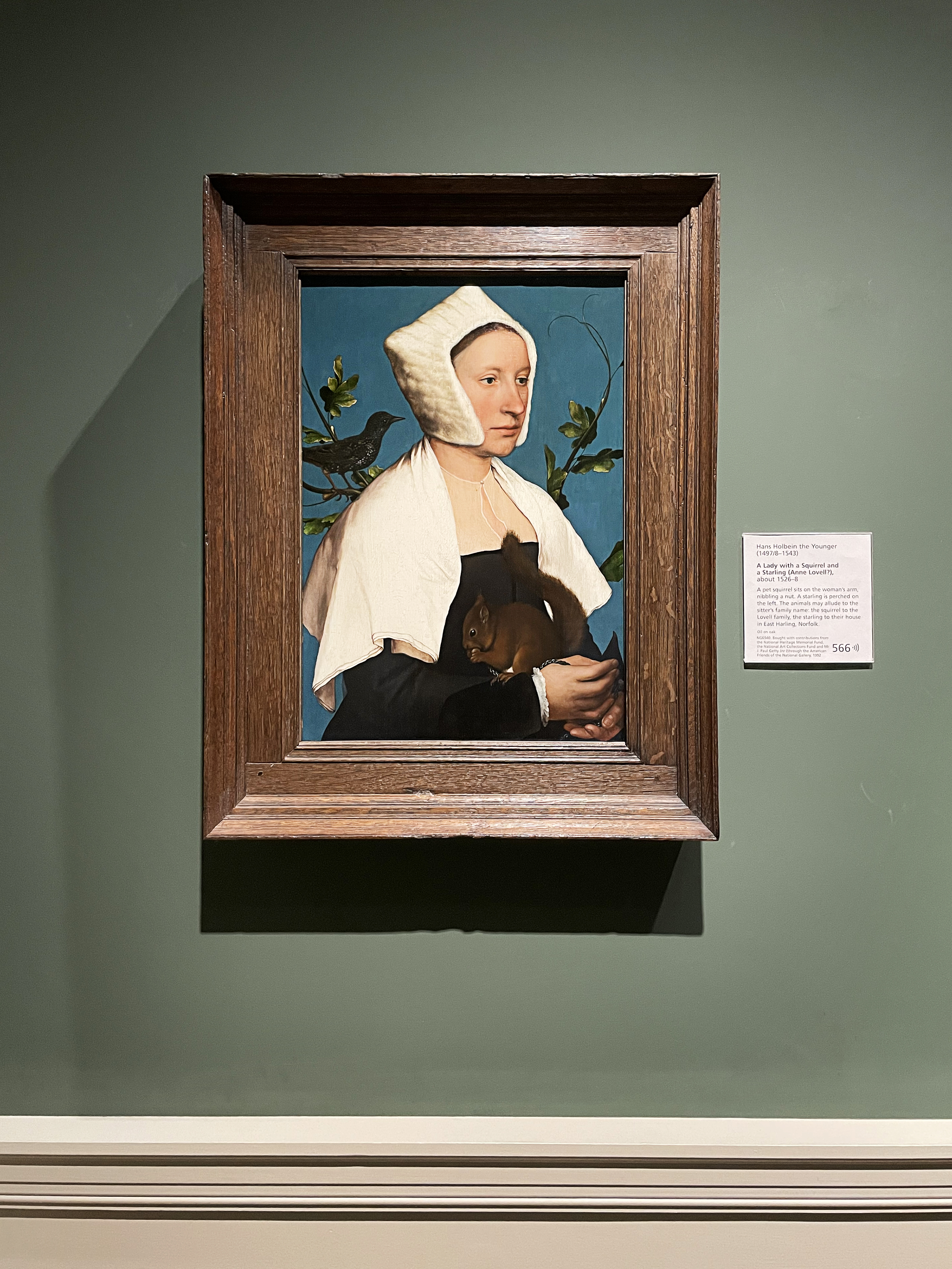
The National Gallery London Celebrates its 200th Birthday
London’s National Gallery opened the doors to its first home, 100 Pall Mall, on 10th May 1824. The original core of the collection was paintings owned by the banker John Julius Angerstein, followed by the gift of connoisseur and collector Sir George Beaumont. The growing group of works has been housed since 1838 in William Wilkins’s neoclassical building which dominates Trafalgar Square.
Richard Green and his family have a huge affection for the National Gallery and have staunchly supported it over many years. In 1999 we sponsored a room dedicated to Dutch cabinet pictures, reflecting the strength of both the National Gallery’s collection and one of the specialities of our business. The opening of the National Gallery’s new spaces for Netherlandish art was complemented by The Cabinet Picture: Dutch and Flemish Masters of the Seventeenth Century, an exhibition held at our 33 New Bond Street gallery. It included works by Frans Hals and Adriaen van der Werff on loan from the National Gallery’s collection.
Today the Richard Green Room displays a selection of some of the most famous of the National Gallery’s Northern European Renaissance masterpieces. They include Pieter Bruegel the Elder’s Adoration of the Kings, 1564, the only work by this ground-breaking artist in the collection. The majority of Pieter Bruegel the Elder’s work is in museums and never appears on the art market. However, paintings by his elder son Pieter Brueghel the Younger, who was inspired by his father’s peasant scenes, and his younger son, Jan Brueghel the Elder, who painted innovative flowerpieces and landscapes, are still eagerly sought by collectors. Examples of their work can be found on our website HERE.
Also currently on view in the Richard Green Room is Hans Holbein’s much-loved A lady with a squirrel, c.1526-8, which probably depicts Anne Lovell, wife of a prominent courtier of Henry VIII. Opposite is a magnificent triptych by the Bruges master Hans Memling, The Virgin and Child with Saints and donors (The Donne Triptych), c.1478. It was commissioned by Sir John Donne, who was an ambassador to the Burgundian court in the 1470s and was certainly in Bruges for the wedding of Edward IV of England’s sister Margaret to the Duke of Burgundy in 1468.

The National Gallery, London.

The Richard Green Room, with Hans Memling’s The Virgin and Child with Saints and donors (The Donne Triptych), c.1478.

Pieter Bruegel the Elder, Adoration of the Kings, 1564 (detail).

Hans Holbein, A lady with a squirrel, c.1526-8.
Share